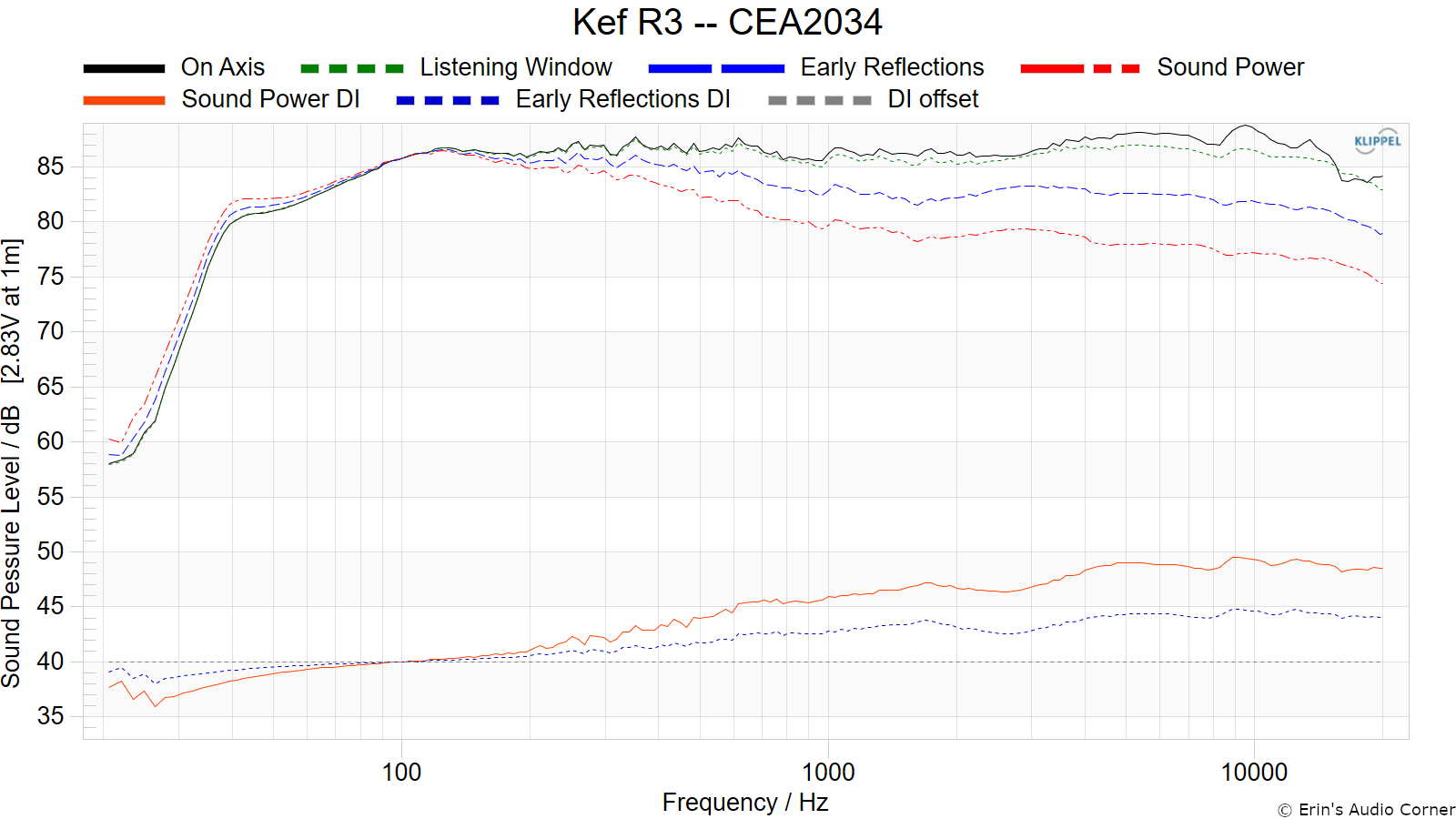- Thread Starter
- #61
This has the formulas that go into the preference score
Thread 'Speaker Equivalent SINAD Discussion'
https://audiosciencereview.com/forum/index.php?threads/speaker-equivalent-sinad-discussion.10818/
I believe this is how @pierre's with-sub preference score is calculated:

spinorama/src/spinorama/compute_scores.py at master · pierreaubert/spinorama
A library to display and compare spinorama (speakers measurements) graphs. - pierreaubert/spinoramagithub.com
View attachment 278921
The lf_x (low frequency extension) for the with-sub score is fixed at 4.31 * log10(14.5) = 5.0 for all speakers.
It seems that for the standard preference score, most of the calculated terms only consider frequencies above 100Hz.
Only the low frequency extension term considers anything lower, and this simply takes the -6dB point into account.
The difference for the "with sub" preference score is that the low frequency extension term is replaced with a fixed value. So nothing at all below 100Hz is considered. (But the low frequency extension term only considers things below 300Hz anyway).
So, my hypothetical tweeter-only speaker (under the "with sub" scheme) would get the standard assumed value for the low frequency extension term. But it might score poorly in the lower octaves of the other terms that make up the standard preference score.
Or would it? I'd need to check how those calculations work out it there is zero signal in the lower octaves.
Last edited:



